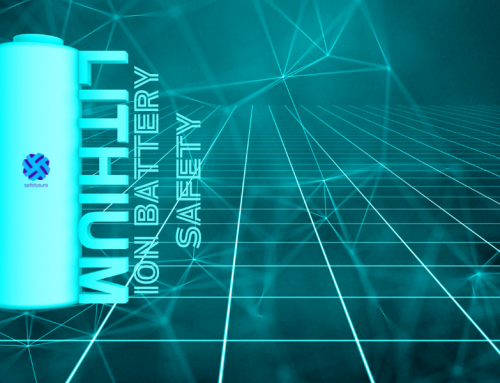Cancer risk in shift work : Recent commissioned research from the UK’s premier occupational health and safety professional organisation has indicated that there may be increased incidence of cancers from workers who work shift work, particularly those of women. Results from the study found that some women may have increased incidence of breast cancers.
The principal causes for the increased cancer risk in shift work are believed to be suppression of nightly melatonin production. Melatonin helps us regulate sleep and has known anti-carcinogenic properties. Melatonin is a hormone, produced in the brain, that carries out a wide range of roles in the body; the most well-known of its functions is the control of circadian (daily) rhythms. The causes for cancer among shift workers appears to relate to and from exposure to light at night and/or poorer lifestyle opportunities for night workers resulting in higher than average levels of obesity.
Back in 2007, a Working Group of the International Agency for Research on Cancer (IARC) classified shift work that involves circadian disruption as probably carcinogenic to humans (Group 2A). There has been a range of controversy over several years regarding the data evaluated in the IARC report with some authors questioning the assumption used by researchers in their findings.
The Institute of Occupational Safety and Health (IOSH) commissioned the report to provide an update on supporting literature associated with the increased cancer risks for shift workers. IOSH had identified that over the last 40 years there has been a large body of research carried out in relation to the design of shift systems to promote safe and healthy work; although this has not been in relation to the prevention of workplace cancer.
The causes for cancer among shift workers appears to relate to and from exposure to light at night and/or poorer lifestyle opportunities for night workers resulting in higher than average levels of obesity.
The research studies that have considered shift design in relation to cancer have examined this from a more theoretical standpoint in relation to the potential mechanisms of cancer from shift work. With shift work now becoming a societal norm, there are increasing concerns over the effect of shift work on health, including its relationship with cancer.
In a component of the study, researchers examined a total of fifteen reviews and meta-analyses in relation to breast cancer occurrence in women working shifts. Overall, the majority of studies showed an increased risk of breast cancer in relation to shift work and an increased risk when shifts had been worked for longer periods. However, many of the studies had limitations because of the lack of clear descriptions of the shift systems used. The review also examined more recent studies of breast cancer from night work where other risk factors were better controlled. In these studies the association between shift work and breast cancer was still apparent, but the magnitude of the relative risks was reduced from around 1.5 to 1.2, that is, from 50 per cent higher than expected to 20 per cent higher.
The main recommendations emanating from this review relate to encouraging employers to provide healthy and nutritious food for shift workers as well as the opportunity to exercise and access programs for smoking cessation and moderating of alcohol consumption. Encouraging employers to facilitate employee participation in national cancer screening programs is also recommended to mitigate cancer risk in shift work.
The report also identified a number of recommendations. Primarily advising that IOSH should “remain cautious in its advice in relation to shift work and cancer, as the association is not yet causal”
The report stated that the professional safety body should encourage employers to be precautionary via the following:
- Provision of health and nutritious food and access to exercise for night shift workers and to reinforce public health programs on smoking cessation and moderation of alcohol consumption;
- Use best practice in shift design to maintain alertness and reduce fatigue which primarily prevent accidents and improve the accuracy of work, may also have an indirect benefit of reducing cancer risk; and
- Facilitate access to national cancer screening programs.
- Current interventions such as optimum type of rotating shift pattern should be appropriately evaluated. IOSH should consider commissioning a prospective epidemiological study of shift worker and cancer that includes collection of detailed information on shift working patterns and all relevant known and potential confounding factors including those that impact on the circadian rhythm and to monitor melatonin levels.
You can download the full report here
This article was written by our Principal Consultant, John Ninness and first appeared in Australasian Mine Safety Journal. Safetysure can assist you in the preparation of workplace health and safety strategies to mitigate cancer risk in shift work. We also undertake occupational health and safety audits to identify potential workplace hazards including those resulting from shift work. Our full range of Safety Consulting Services can help your business navigate the safety maze.
You can stay up to date and read our workplace health & safety news here







Leave A Comment